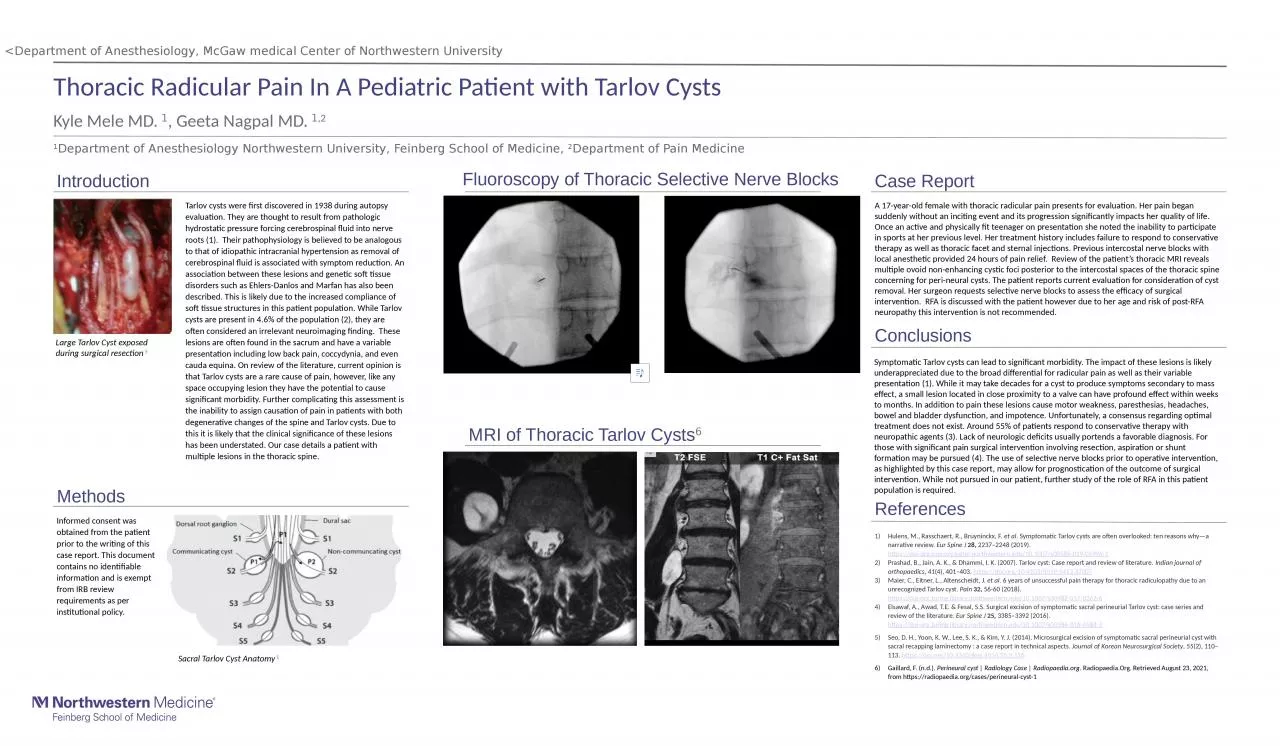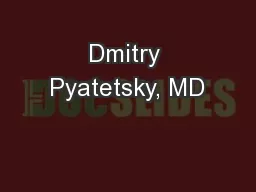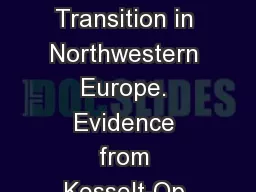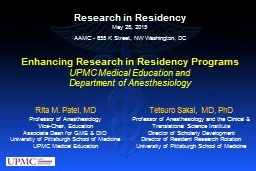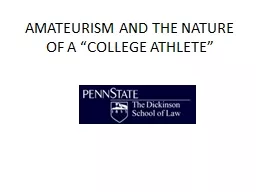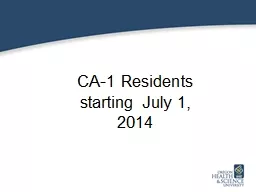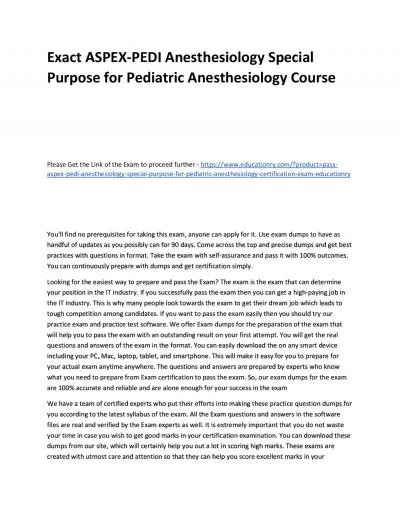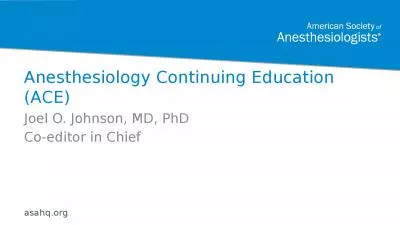PPT-1 Department of Anesthesiology Northwestern University, Feinberg School of Medicine,
Author : rosemary | Published Date : 2024-02-02
2 Department of Pain Medicine Introduction A 17yearold female with thoracic radicular pain presents for evaluation Her pain began suddenly without an inciting event
Presentation Embed Code
Download Presentation
Download Presentation The PPT/PDF document "1 Department of Anesthesiology Northwest..." is the property of its rightful owner. Permission is granted to download and print the materials on this website for personal, non-commercial use only, and to display it on your personal computer provided you do not modify the materials and that you retain all copyright notices contained in the materials. By downloading content from our website, you accept the terms of this agreement.
1 Department of Anesthesiology Northwestern University, Feinberg School of Medicine,: Transcript
Download Rules Of Document
"1 Department of Anesthesiology Northwestern University, Feinberg School of Medicine,"The content belongs to its owner. You may download and print it for personal use, without modification, and keep all copyright notices. By downloading, you agree to these terms.
Related Documents

